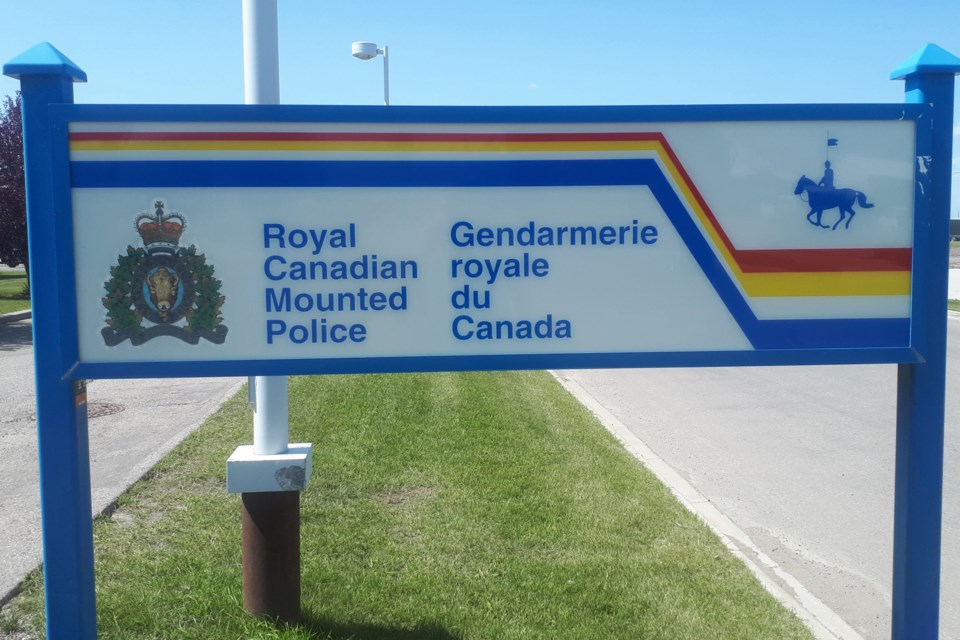OLDS — The policing service Olds receives from RCMP plus a couple of peace officers provided by the town is working well and is financially efficient, say consultants who recommend the Town of Olds keep the RCMP.
However, they also told council that residents want to see more visible, proactive policing that’s more responsive to residents’ concerns. And that may mean more police or peace officers need to be hired.
Dana Antaya-Moore and Darryl Howery of Western Management Consultants made those points in a presentation to council during its May 13 meeting.
The company was hired with help from a $30,000 provincial grant to study the feasibility of a municipal or regional police force versus RCMP.
The consultants compared the policing service Olds receives with that provided in Camrose, Lacombe and Taber because they’re similar in size to Olds and each has their own policing model.
The consultants also compared the severity, prevalence and persistence of crime in Olds compared to those other communities.
“Crime rates for both violent crimes and non-violent crimes are generally lower in Olds than on average for the comparator communities,” Howery said.
He said they’re “significantly lower in Olds for violent crimes and roughly average or a little bit below average for non-violent crimes.”
On average, Olds also spends less for its policing services than those other communities do, according to Howery.
“So you’re getting reasonable and lower-than-average crime statistics results for a lower-than-average expenditure, investment in protective services,” he said.
The report contains five recommendations.
The first is to maintain the current agreement to have RCMP provide policing in town.
In addition, the consultants recommended improving communications with the public about policing activities and safety initiatives.
They said that could include proactive information via things like social media as well as conducting regular surveys to identify citizens’ concerns about policing in the community.
A second recommendation was to involve citizens in the development of policing and safety policies.
It was suggested that those safety strategy sessions should include input from town councillors, RCMP, and key stakeholders like business groups, educational, education institutions and recreational groups.
The consultants also recommended that the town become “an active participant” in provincial discussions regarding policing, undertaken by groups like Alberta Municipalities.
The fourth recommendation is to improve police capacity to address concerns about visibility and response to minor incidents.
To that end, Antaya-Moore said council should consider hiring more peace officers (it currently has two) to help RCMP in their policing activities.
The final recommendation is to improve liaison with Olds College “to assist in effective community response to college events and activities.”
Coun. Darren Wilson asked if the study looked at the morale, mental health and possible burnout of police and peace officers in the community.
Antaya-Moore said they didn’t really go into that question, but she said every single protective services employee she spoke to was grateful to be living and working in Olds.
“They thought this was a great place to work,” she said.
“Again, it speaks to the relationship, it speaks to the community.”
Antaya-Moore conceded that the fact that Olds is relatively close to Calgary and the mountains is also a selling point.
“But by and large, it felt like people were genuinely pleased to be here and it was considered to be a great place to come, for young officers to raise their kids, those kinds of things,” she said.
“I would say we heard more about the stress on your protective services folks from other people who perceived the workload and the amount of paperwork and those kinds of things.
“I would say we heard more from other people about that than we necessarily did from your own staff,” she added.
It was noted that in addition to comparing similar communities, the study also involved a survey to assess the effectiveness of the current policing model and determine the community’s overall satisfaction with it.
More than 150 people participated in that survey.
Interviews and discussions with focus groups, including one with town staff, were also undertaken for that same reason.
“There were definitely concerns across the board around transitioning to any other model,” council was told.
“There was a clear sense in the conversation that what you have right now is a very good model.”
The consultants also suggested that the town keep in touch with other smaller communities about policing to find out what they’re doing “and continue to learn with and from them.”



